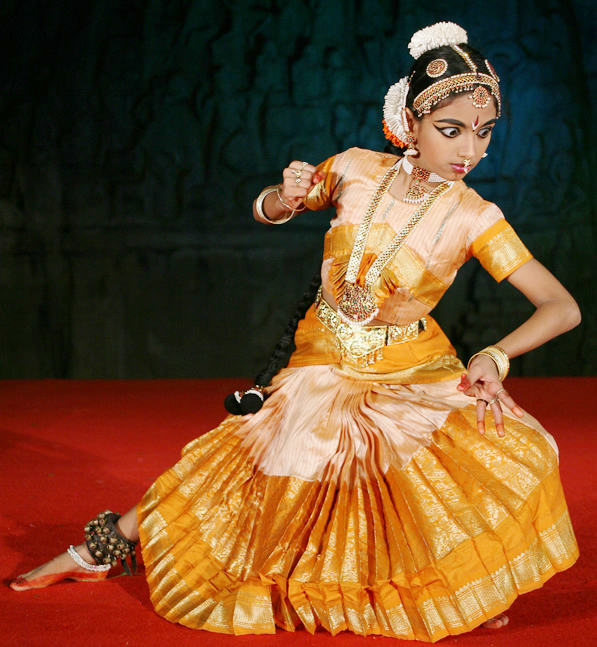
(photo credits)
The Theory of Rasa is an essential part of Indian Aesthetics. It is a complex system that seeks to explore the emotional responses of the audience to a work of art. The Rasa theory has its roots in ancient Sanskrit texts, including the Natyashastra and the Abhinavabharati. The theory was developed by a range of Indian philosophers, including Bharata Muni, Abhinavagupta, and Rupa Goswami.
The concept of Rasa can be defined as an emotional state that is evoked in the audience by the performance. The Rasa theory posits that there are eight primary Rasas or emotional states that can be evoked through an artistic performance. The ninth Rasa, the Shant Rasa, was added to the list later on. These Rasas are Shringara (erotic), Hasya (comic), Karuna (pathetic), Raudra (furious), Veera (heroic), Bhayanaka (terrifying), Bibhatsa (disgusting), and Adbhuta (marvelous). Each Rasa is associated with a specific set of emotions, physical movements, and gestures.
The Rasa theory emphasizes the importance of the artist in evoking the desired emotional response in the audience. The artist must be skilled in the use of a range of artistic techniques, including music, dance, drama, and poetry, to create the desired emotional effect. The artist must also be aware of the audience’s emotional state and be able to adjust the performance to evoke the desired response.
The Rasa theory is essential to Indian Aesthetics because it provides a framework for understanding the emotional impact of art. It helps to explain why certain works of art have a profound emotional impact on the audience, while others do not. The Rasa theory also provides a basis for the evaluation of works of art, allowing for a more nuanced and sophisticated analysis of their emotional impact.
The Rasa theory has its roots in ancient Sanskrit texts, including the Natyashastra and the Abhinavabharati. These texts date back to somewhere around 500 BCE and the 10th century CE, respectively. Bharata Muni, the author of the Natyashastra, is considered to be the founder of the Rasa theory. However, it was later developed and expanded upon by a range of major Indian philosophers, including Abhinavagupta and Rupa Goswami.
Abhinavagupta, a philosopher and scholar who lived in the 10th and 11th centuries CE, is known for his commentary on the Natyashastra, the Abhinavabharati. In this text, he provides an extensive analysis of the Rasa theory, including its various components and the techniques used to evoke emotional responses in the audience.
Furthermore, 16th-century theologian and philosopher, Rupa Goswami, was another important figure who made notable contributions in the development of the Rasa theory as we know it today. In his works, he expanded upon the theory, emphasizing the importance of devotion and spiritual experience in the aesthetic experience.
Key Learnings
- The Theory of Rasa is a fundamental aspect of Indian Aesthetics.
- It provides a framework for understanding the emotional impact of art and allows for a more nuanced and sophisticated analysis of its emotional content.
- The Rasa theory has its roots in ancient Sanskrit texts and has been developed and expanded upon by a range of Indian philosophers throughout history.
- The theory emphasizes the importance of the artist in evoking the desired emotional response in the audience and underscores the role of emotion in the aesthetic experience.
- The Rasa theory continues to be a vital component of Indian Aesthetics and remains an essential tool for the analysis and evaluation of works of art.
Leave a Reply